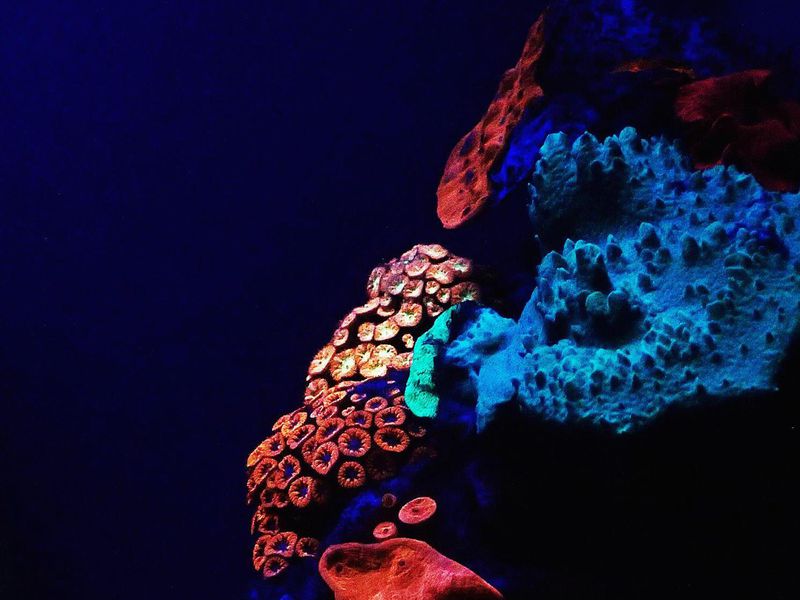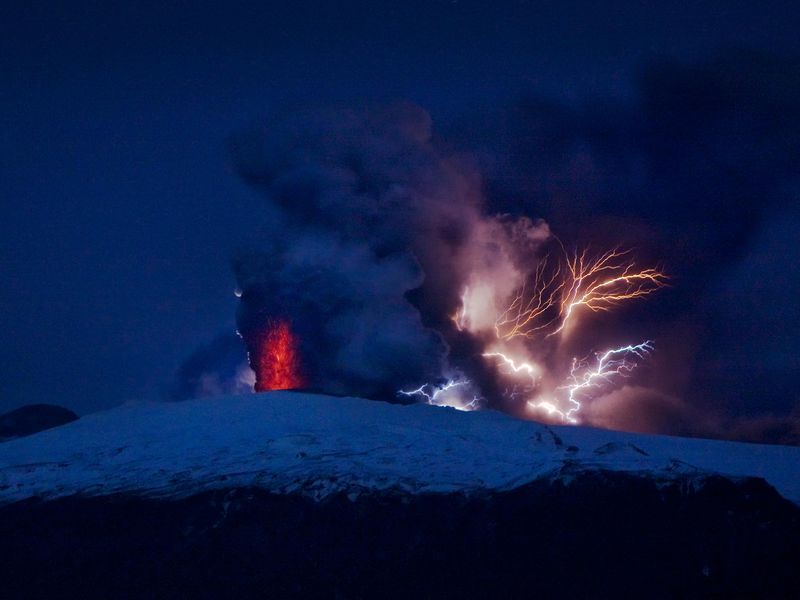New research sheds light on the secrets of fluorescent coral reefs
Coral reefs are economic mainstays and critical habitats. But something else makes them amazing: their otherworldly glow. Both shallow and deep-water corals emit fluorescent light, but until now, scientists only understood why shallow-water corals light up. Now, reports Laura Castells for Nature, the other half of the puzzle has been revealed and it turns out that the different kinds of corals glow for very different reasons.
Shallow corals emit green light as a kind of sunblock to protect them from the harsh radiation of the sun. But in a new study in the journal Proceedings of the Royal Society B, scientists reveal that their deep-water counterparts glow in an attempt to absorb the scant light at the bottom of the ocean.
In an inverse of what happens in shallower waters, the deep-water corals must absorb as much light as possible to allow their zooxanthellae the tiny symbiotic algae that give corals their brilliant color and energy to make food through photosynthesis. Read more






